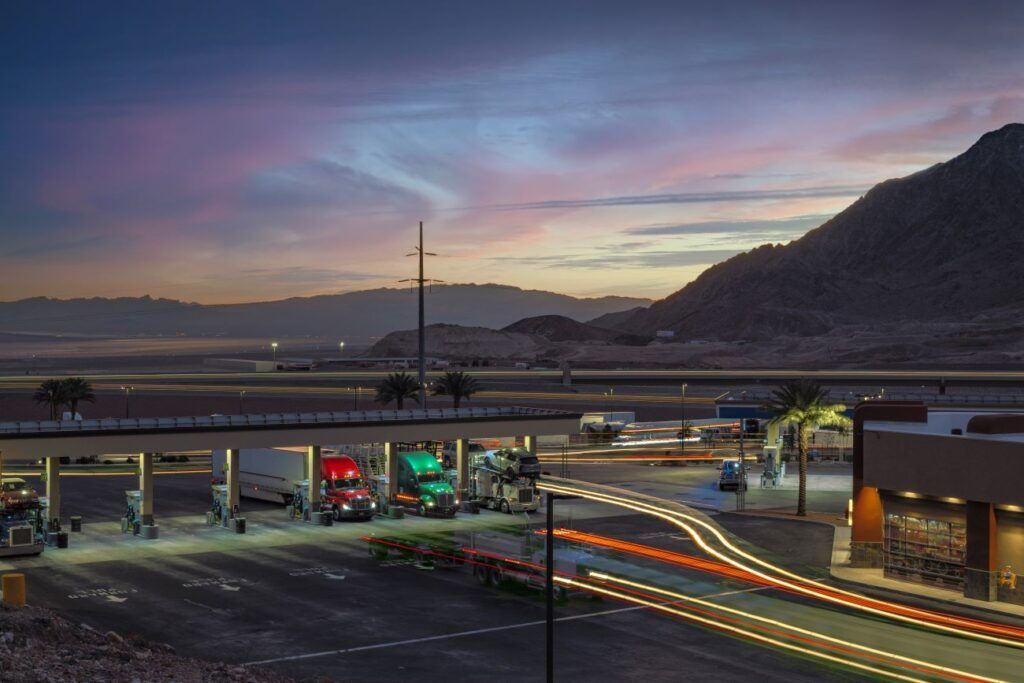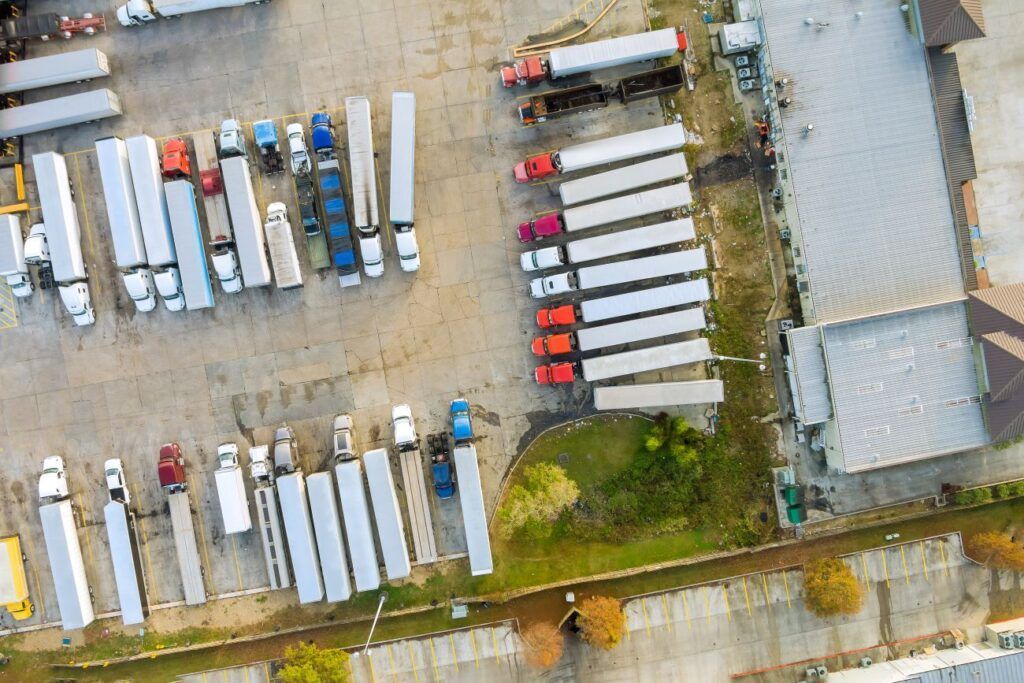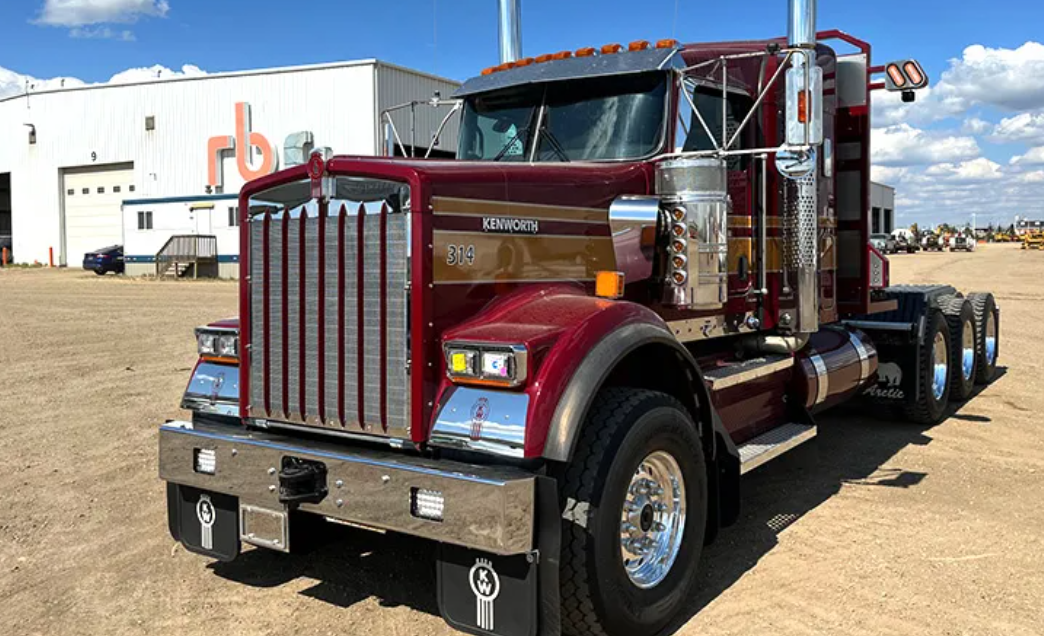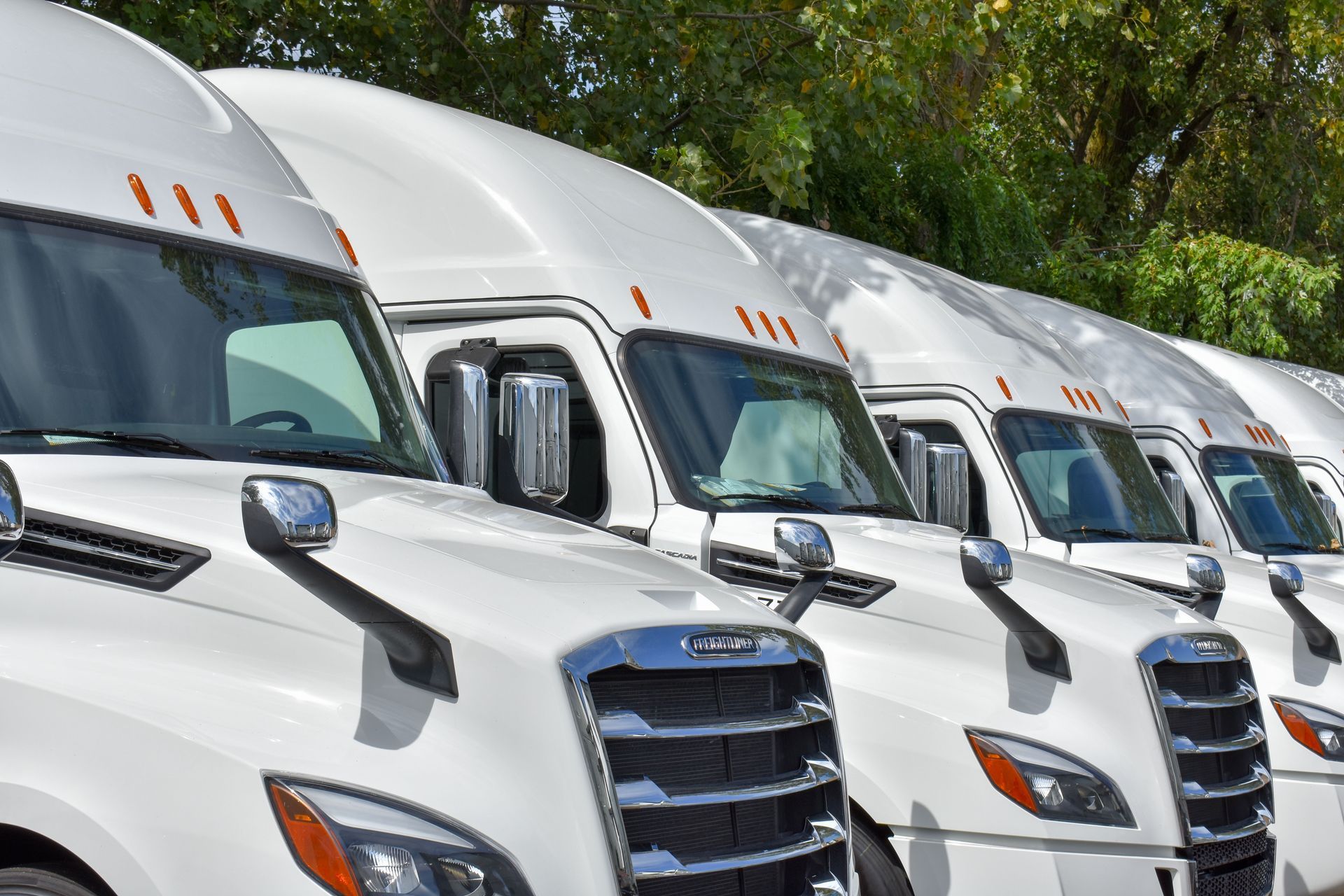The History of Truck Stops: From Humble Beginnings to Essential Rest Stops for Truckers
Share this Article:
WRITTEN BY: BLOOM SERVICES

Truck stops have come a long way since their inception in the early 20th century. They have evolved from simple rest stops for truckers to multi-functional facilities that provide food, fuel, and other essential services. In this article, we will explore the rich history of truck stops and how they have evolved over the years.
Early Days of Truck Stops
The first truck stops were established in the 1920s and 1930s, serving as simple rest areas for truckers traveling long distances. These early truck stops typically consisted of a small building with basic amenities like restrooms, a gas station, and a diner. The focus was on providing a place for truckers to rest, refuel, and get back on the road.
Growth and Expansion in the
Post-War Era
After World War II, the trucking industry experienced rapid growth, leading to an increase in the number of truck stops. During this time, truck stops began to offer additional services such as showers, laundry facilities, and sleeping quarters. This expansion was driven by the need to accommodate the growing number of truckers traveling long distances and the increasing demand for goods and services.
The Golden Age of Truck Stops
The 1950s and 1960s were the golden age of truck stops. During this time, the industry continued to grow, leading to the establishment of larger and more sophisticated facilities. These new truck stops offered a wide range of amenities, including restaurants, motels, convenience stores, and more. They were designed to meet the needs of truckers and provide a comfortable and convenient place to rest during long hauls.
Truck Stops in the 21st Century
Today, truck stops have evolved into complex facilities that offer a wide range of services and amenities. Many modern truck stops feature fast food restaurants, convenience stores, showers, laundry facilities, and sleeping quarters. They have also adopted technology, with many truck stops offering Wi-Fi, electronic payment options, and other technological advancements.
Truck Stops Today

Truck stops have come a long way since their humble beginnings in the early 20th century. From simple rest areas to complex facilities offering a wide range of services, truck stops have evolved to meet the changing needs of truckers and the trucking industry. Today, truck stops play a vital role in the industry, providing essential services and amenities for truckers traveling long distances.
Bloom Services, Inc
Here at Bloom we offer two fuel cards to provide you with options to fuel up. From major truck stops to mom and pop truck stops, you can fuel up at the cheapest locations. If you are interested in taking home over $3,000 + a week in a stellar rental or lease-purchase program. Apply right away or call our office for more information (630)-504-6126. We look forward to hearing from you.



